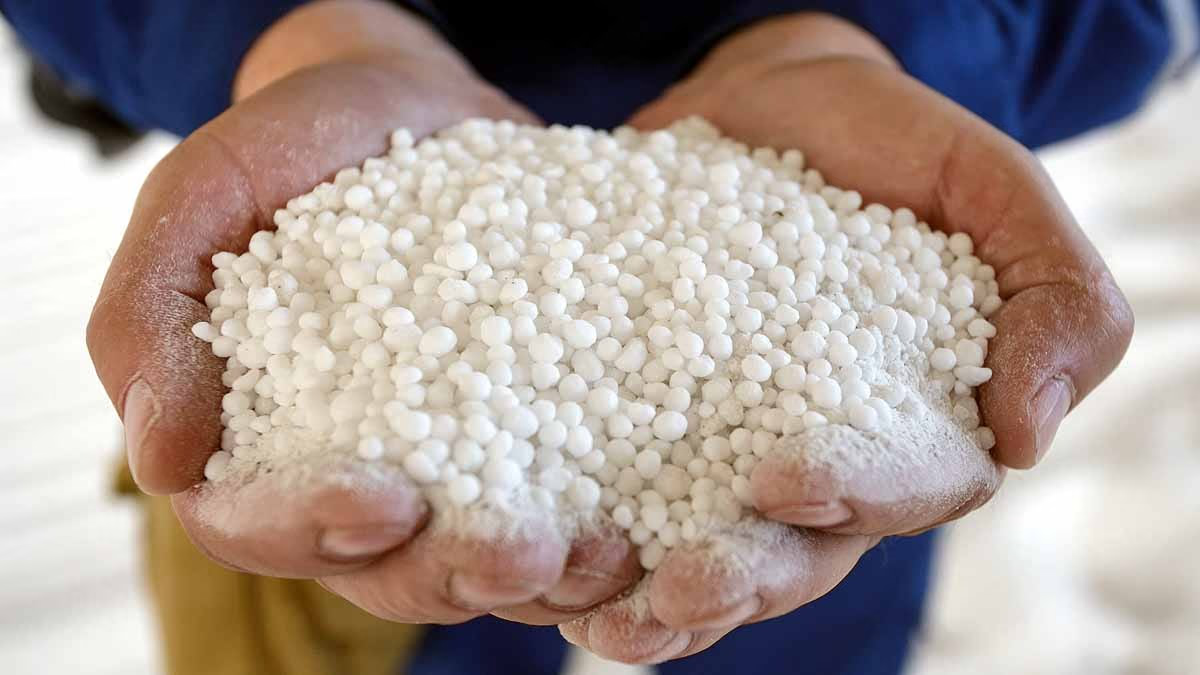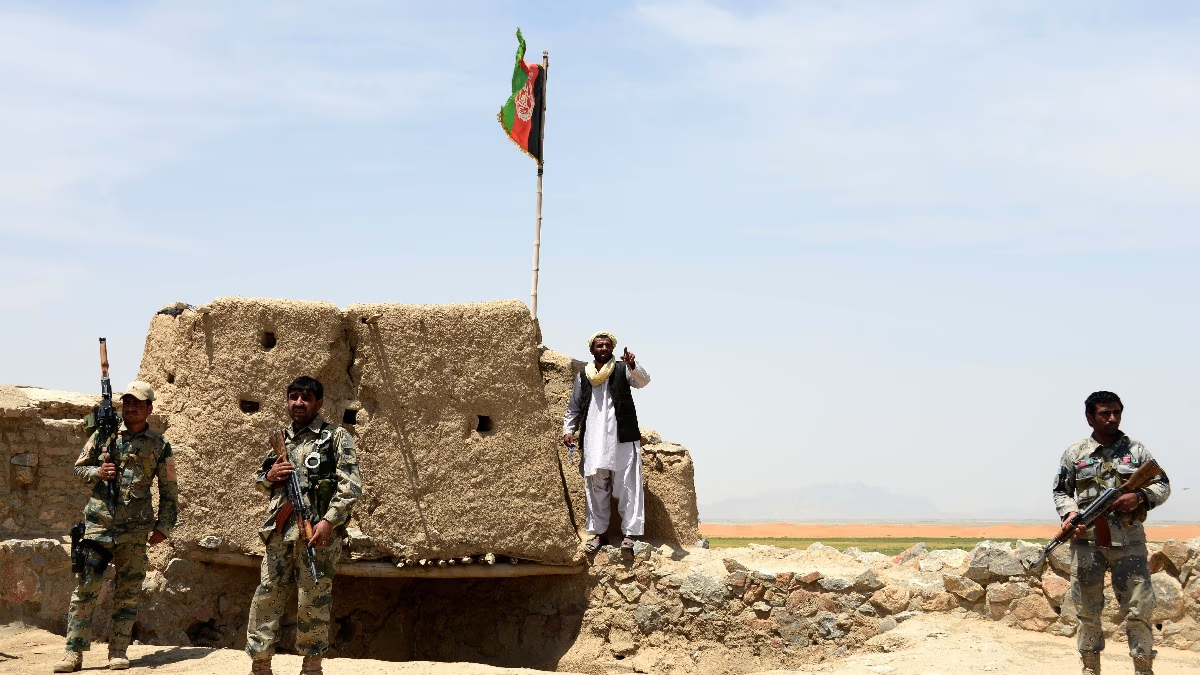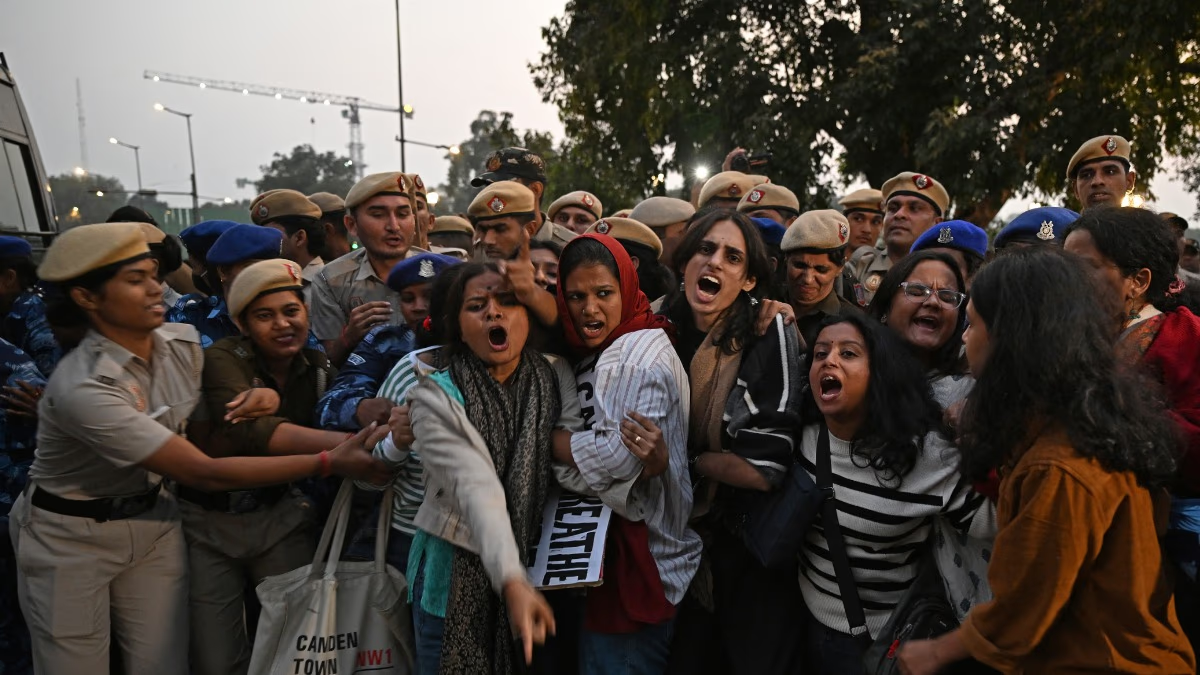Ammonium nitrate, commonly used as fertilizer by farmers, can also be a deadly explosive. Experts warn that 350 kilograms of ammonium nitrate could cause significant destruction within a 100-meter radius. The memories of the Beirut blast fresh in minds, scientists caution that this cheap chemical could pose a major threat in terrorist attacks or accidents. Understanding its difference from military explosives like RDX is crucial.
The Jammu and Kashmir police uncovered a major terror plot and, following the lead from arrested Dr. Adil Ahmad, seized 300 kg of explosives (ammonium nitrate), an AK-47 rifle, and a large cache of ammunition from Faridabad, Haryana.
Watch the Beirut Explosion Video Below
Read more:
Experts estimate that if 350 kilograms of ammonium nitrate is mixed with a fuel like diesel, it can produce the energy equivalent of 140 kilograms of TNT. This calculation follows Hopkinson-Cranz rules.
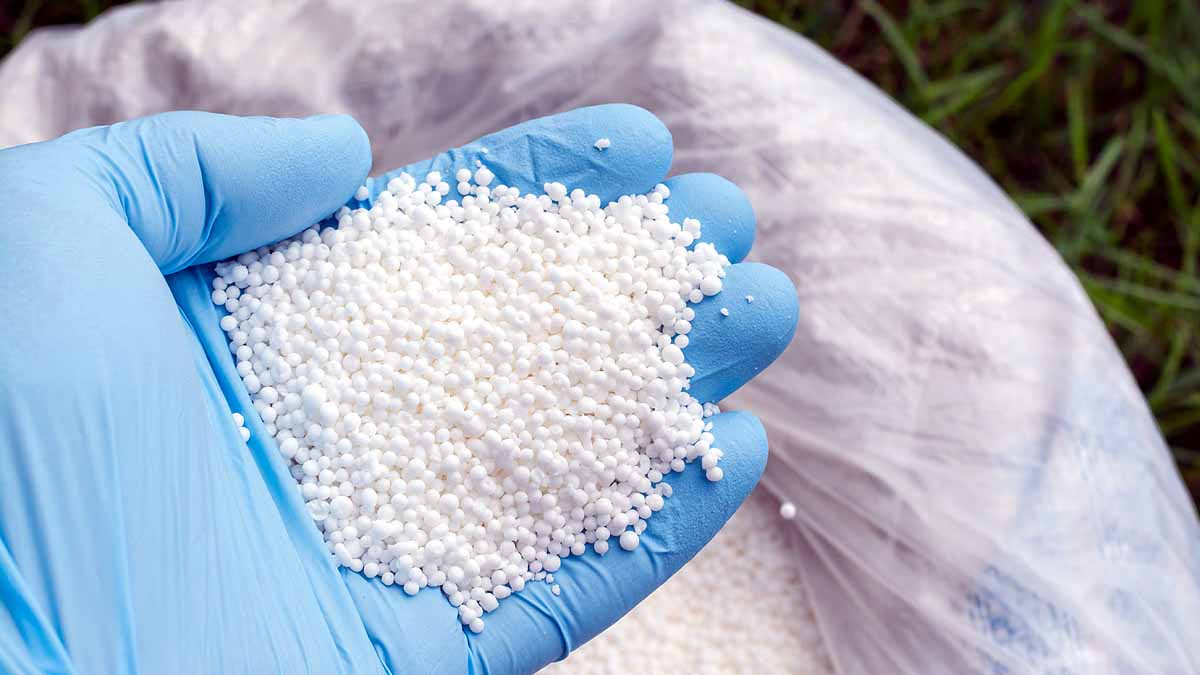
Source: aajtak
20 pounds pressure per square inch: Total destruction within 15-20 meters – buildings vanish, instant fatalities.
10 pounds pressure: Lethal within 30-40 meters – lung rupture causes numerous injuries.
5 pounds pressure: Severe damage within 50-60 meters – collapsing homes, airborne vehicles.
3.5 pounds pressure: Moderate effects within 80-100 meters – injuries, shattered glass.
Mild impact: Vibrations felt up to 150-200 meters.
An explosion in the city center could claim the lives of 500-1000 people. The heat wave increases the risk of fire. An official from the National Disaster Management Authority (NDMA) emphasized the necessity of storing ammonium nitrate in secure warehouses to prevent disasters like Beirut.
Read more:
Ammonium nitrate and RDX (Research Department Explosive) are both explosives, but there's a world of difference between them. Scientists from the Defense Research and Development Organization (DRDO) explain that RDX is for military arms, whereas ammonium nitrate is for mining and agriculture.
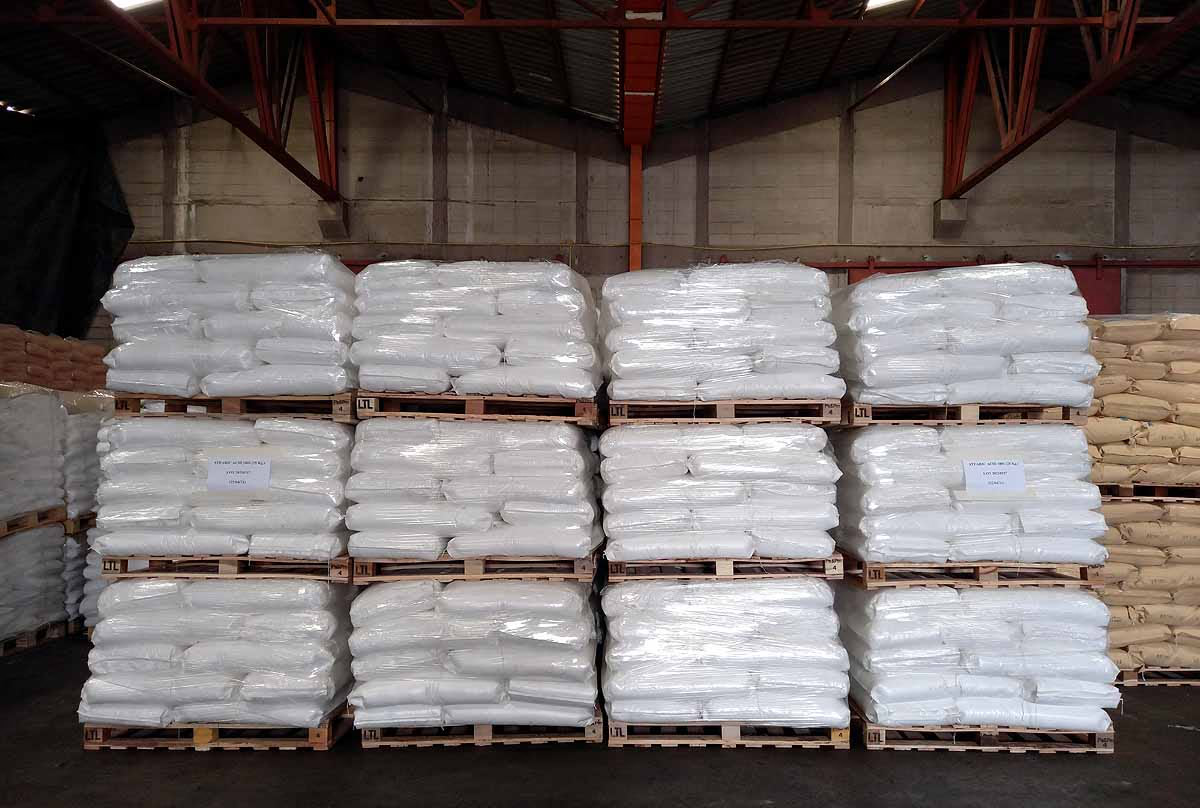
Source: aajtak
Power and speed: RDX detonates at a velocity of 8750 meters per second – meaning it spreads with a loud blast. Ammonium nitrate's speed ranges only between 3000-5000 meters per second in mixtures. RDX is 1.6 times more powerful than TNT, whereas ammonium nitrate is only 0.4-0.8 times as powerful. Small amounts of RDX cause great damage.
Sensitivity: RDX is sensitive – even a small spark or hard knock can set it off. Ammonium nitrate is less sensitive, requiring a booster like a detonator. Ammonium nitrate is safe for mines, but RDX is for warfare.
Usage: Ammonium nitrate is inexpensive, used for fertilizers and mining. It is used in large heaps. RDX is expensive and for military weapons – bombs, missiles. Ammonium nitrate burns slowly unless mixed properly, but RDX always detonates rapidly.
Risk: A small RDX blast has much more brisance (destructive force). One kilogram of RDX equals 1.6 kilograms of TNT. However, ammonium nitrate presents a large-scale, cheap threat as seen in Beirut or Oklahoma bombings.
One kilo of RDX can bring down a wall – just a small bomb, yet it obliterated an entire part. If ammonium nitrate had been used, a significantly larger quantity would be needed. RDX is sharp and precise, while ammonium nitrate is cheap yet uncontrolled.
